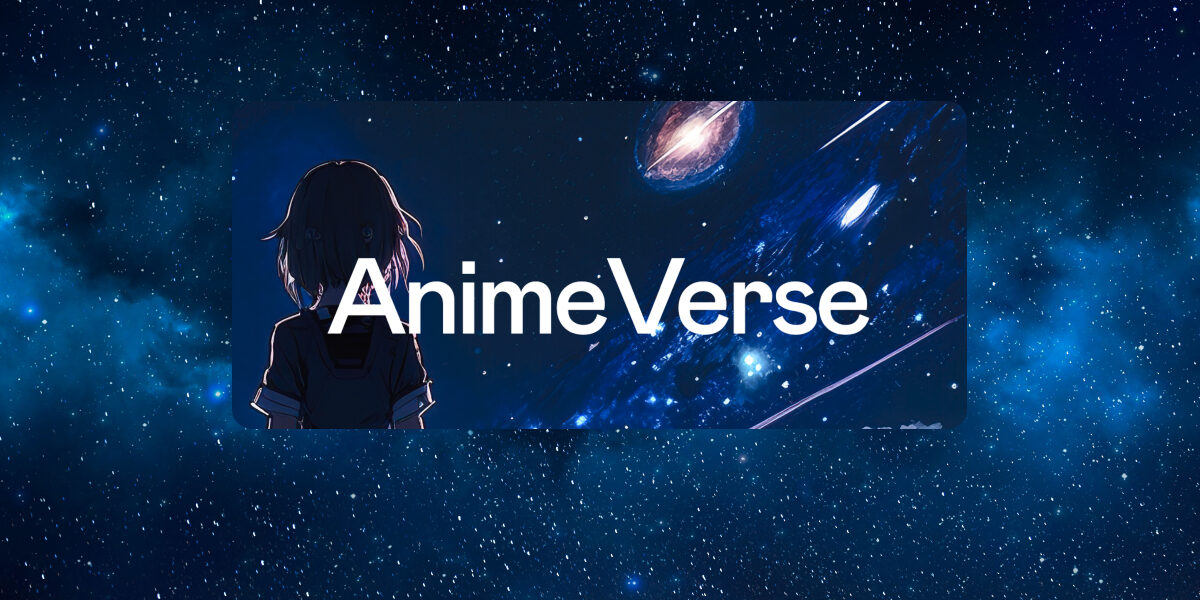Anime has become a global phenomenon, captivating audiences with its unique storytelling, top visuals, and unforgettable characters. An essential element that brings these animated worlds to life is the music accompanying them — anime music, aka “anime song,” “anison,” or “anisong,” has a rich history that has evolved over the years.
Read on to discover more about anime music’s impact and changing styles.
The Early Days: Classic Anime Music History
In its infancy, classic anime music resonated with fans through genre-defining orchestral arrangements, memorable melodies, and emotive lyrics. Anime songs consist of theme, insert, and image songs for everything from anime, manga, and video games, all the way to audio drama CD series. Anison also includes other songs released primarily for the anime market, including music from Japanese voice actors. While this classification grew over time, in the early days of anime music, opening theme songs were the foundation of the genre.
While the earliest known animated Japanese film dates back to 1917, Noburō Ōfuji’s Kuroi Nyago (1929) is the first Japanese animated work to include music. This film depicts characters dancing to a prerecorded song, which is retroactively seen as the prototype for anime songs. Anime songs became points of interest with the advent of Astro Boy (1963), Japan’s first full-scale animated TV series. Its opening theme, featuring lyrics from poet and Nobel Prize for Literature nominee Shuntaro Tanikawa, was memorable and iconic — it came to be known as the first musical gem of the genre.
Starting with Astro Boy’s opening theme, the anime theme song at the beginning of each series or film became integral to the viewing experience, setting the stage for what was to come. Classic series like Lupin III (1970s), with its jazzy sound, or Dragon Ball Z (’80–’90s), with its electrifying rock anthems, exemplify the iconic nature of these theme songs. In the ’90s, anime opening songs like “A Cruel Angel’s Thesis” from the series Neon Genesis Evangelion and the powerful ballad “Moonlight Densetsu / Heart Moving” from Sailor Moon became anthems that are still recognized and cherished today. Anime opening songs became a way for artists to showcase their talents and a means for fans to instantly connect with their favorite series.
Equally important were the anime ending songs, which provided a sense of closure after each episode. Classics like “Shinjitsu no Uta” from InuYasha (2002), “Ride on Shooting Star” from FLCL (2000), and “Toki wo Kizamu Uta” from Clannad: After Story (2008) left a lasting impact long after the credits rolled, creating a sense of longing for the next episode and adding a final touch to the overall anime experience.
The Rise of J-Pop and Rock
As anime gained popularity worldwide, so did its music. The late 1990s and early 2000s witnessed a significant shift in anime music as J-Pop and rock genres started dominating the scene. This period marked the rise of catchy, upbeat tunes that perfectly complemented modern anime’s energetic and dynamic nature.
With shows like One Piece (1999), Naruto (2002), and Bleach (2004) taking the world by storm, their opening and ending theme songs became instant hits. Hits like “Haruka Kanata” by Asian Kung-Fu Generation and “Blue Bird” by Ikimonogakari showcased the fusion of rock and pop elements, infusing a new energy level into anime music.
In addition to its mainstream success, anison began to attract attention from renowned Japanese artists. Alternative rock bands such as L’Arc-en-Ciel, Flow, and Uverworld contributed their talents to various anime series, exposing a wider audience to their music. Other notable collaborations include the partnership between Yoko Kanno, an acclaimed composer, and the visionary director Shinichiro Watanabe for series like Cowboy Bebop and Samurai Champloo. This collaboration between the anime industry and popular musicians helped bridge the gap between anime and mainstream music, leading to even greater recognition for both.
Diversity and Experimentation
As the 2010s rolled in, anime music experienced a new wave of diversity and experimentation. Artists from various genres, including hip-hop, electronic, and even classical, began exploring new sonic landscapes, pushing the boundaries of what anime music could be. This era witnessed the advent of powerful and emotionally charged ballads, such as “Unravel” by TK from Ling Tosite Sigure for the anime series Tokyo Ghoul and “My Dearest” by Supercell from Guilty Crown. These songs resonated with anime fans and attracted a broader audience due to their universal themes and compelling compositions.
What’s more, anime series like Attack on Titan and Demon Slayer showcased the fusion of traditional Japanese instruments like shakuhachi and koto with contemporary sounds, creating a unique and immersive musical experience. This blending of orthodox and modern elements not only added depth to the storytelling, but also celebrated Japan’s rich cultural heritage.
The Power of Anime Music
Anime music has become a powerful force, transcending cultural boundaries and uniting fans from all walks of life. Its impact is not limited to the realm of entertainment — it has also influenced the music industry itself. Today, anime music has dedicated concerts and festivals worldwide where fans gather to celebrate their favorite anime songs and performances. Events like Animelo Summer Live and Anisong World Matsuri have become annual traditions, bringing together thousands of passionate fans and showcasing the incredible talent behind anime music.
Moreover, anime music has paved the way for Japanese artists to achieve international recognition. Artists like LiSA and Kenshi Yonezu, who gained popularity through their contributions to anime, have successfully expanded their careers beyond the anime industry, with their music reaching global audiences.
Looking Ahead
Contemporary anime series feature diverse musical styles, incorporating elements of hip-hop, EDM, and orchestral arrangements, among others. As anime continues to captivate audiences around the globe, the future of anime music looks promising. (Just look at what Studio Ghibli is doing for music in anime movies.) With advancements in technology and the constant evolution of musical genres, we can expect further experimentation and innovation in the realm of anime music.
An ever-evolving and immersive world, the anime music genre is primed to captivate our senses and leave us spellbound. Rest assured, we’re eagerly embracing every magical note that comes our way.
To read on the same subject:






